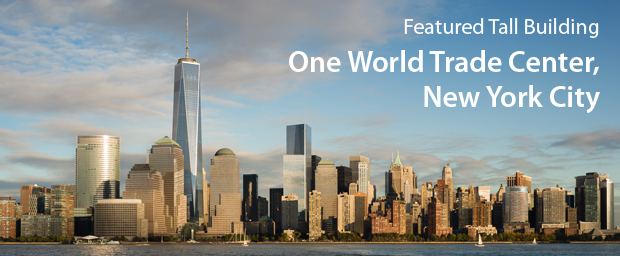Headquarters United States of America | Founded 1915 | |
 | ||
Sustainable development and the durst organization
The Durst Organization is one of the oldest family-run commercial and residential real estate companies in New York City. Established in 1915, the company is owned and operated by the third generation of the Durst family. As of 2014, it owns and manages more than 8.5 million square feet of Class A office space in Midtown Manhattan and over 1 million square feet of luxury residential rentals. It is a member of REBNY.
Contents
- Sustainable development and the durst organization
- Buildingny douglas durst the durst organization
- Early history
- Shift to development and construction
- One World Trade Center development
- References
Buildingny douglas durst the durst organization
Early history
In 1902, Jewish immigrant Joseph Durst arrived in the United States from Gorlice, Galicia, Austria-Hungary with three dollars to his name. He found work as a tailor in New York City, and in 1912, he became a full partner in a dress manufacturer, Durst & Rubin.
Using the profits from his business, Durst bought his first building in 1915: The Century Building at One West 34th Street. In 1926, he acquired the original Temple Emanu-El at 5th Avenue and 43rd Street, from Benjamin Winter, Sr. the largest synagogue building in the United States at the time; it was demolished in 1927 to make room for commercial development. In 1927, he formed the Durst Organization.
More purchases included:
Shift to development and construction
In the 1950s, the Durst Organization shifted from primarily real estate management to new construction and development. They assembled the parcels for and completed the following buildings, all of which it still owns:
In 1974, Joseph Durst died and his son Seymour Durst took control of the company during the real estate crash of the 1970s.
In 1992, Seymour Durst retired and his son Douglas Durst took control of the company. Seymour died in 1995.
One World Trade Center development
In 2010, the Durst Organization bid on and won the right to invest $100 million in the One World Trade Center Development, becoming a co-developer with the Port Authority of New York and New Jersey. Its contract with the Port Authority gives the company a $15 million fee and a percentage of “base building changes that result in net economic benefit to the project.” The specifics of the signed contract give Durst 75 percent of savings up to $24 million and stepping down thereafter (to 50 percent, 25 percent and 15 percent) as the savings increased.
Since the company joined the project, design changes include:
The Port Authority has approved all the revisions. Patrick Foye, the new executive director of the Port Authority states: “I think they’ve been few and minor.” Douglas Durst, the chairman of the Durst Organization, commenting on the changes: "We didn’t make the changes to save money...The changes were made in order to construct the building.”
